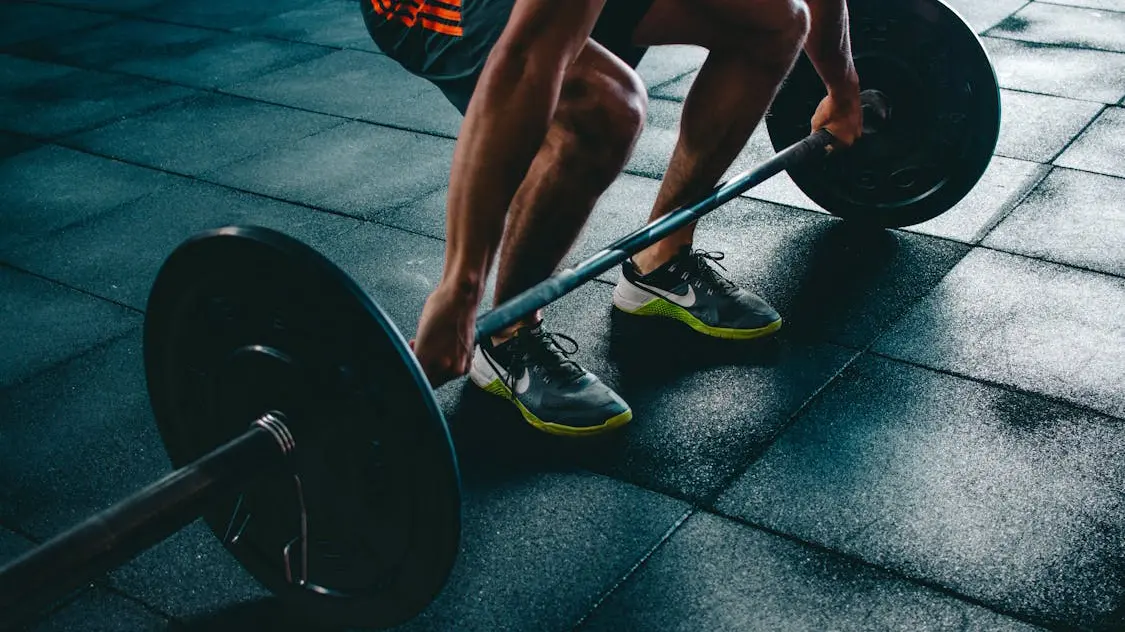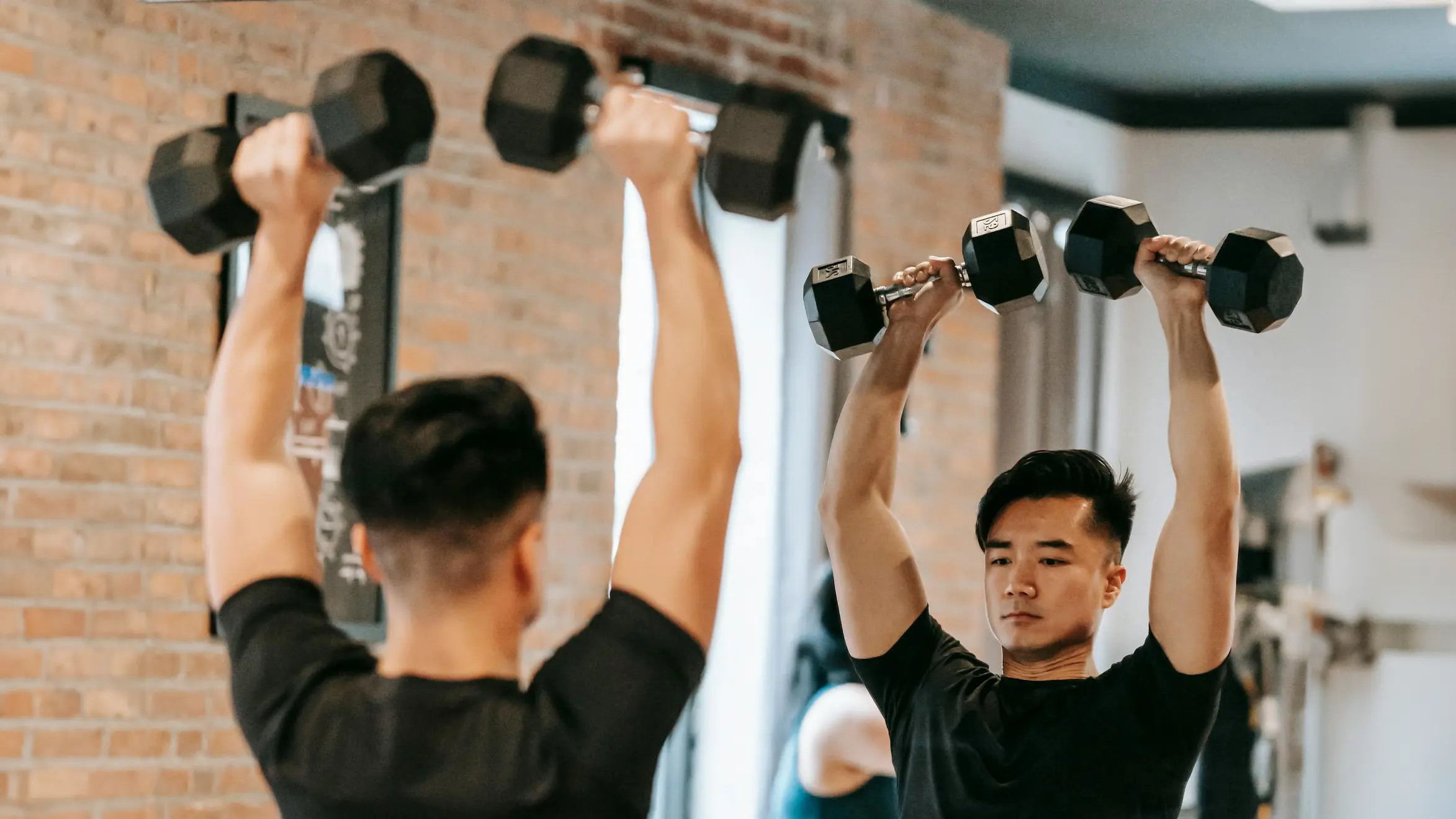
Weight loss drugs can be a tempting solution for those seeking rapid results. However, understanding their limitations and potential dangers is crucial.
What are Weight Loss Drugs?
Weight loss drugs encompass a variety of medications that influence weight loss through various mechanisms. Some may suppress appetite, increase the time between meals, or accelerate metabolism. While these drugs can be beneficial in certain cases, it’s important to remember their powerful effects and potential consequences.
Why Weight Loss Drugs Should be Used with Caution?
The allure of quick weight loss through medication can be misleading. Rapid weight loss (more than 1-2 pounds per week) is often unhealthy and unsustainable.
Here’s a closer look at some potential drawbacks of misusing weight loss drugs:
Nutrient Deficiencies: Rapid weight loss can lead to the loss of essential nutrients and dehydration.
Starvation Mode: The body may adapt to the reduced calorie intake by slowing metabolism, making future weight loss more challenging.
Hormonal Imbalances: Weight loss drugs can disrupt hormone regulation, impacting appetite, mood, and energy levels.
Serious Side Effects: Some drugs can have serious side effects, like heart issues or gallbladder problems, as documented by the Mayo Clinic.
The Importance of Medical Supervision
Weight loss drugs should only be used under the supervision of a qualified healthcare professional, such as a doctor or registered dietitian. They can assess individual needs, prescribe appropriate medications if necessary, and monitor for any potential side effects.
Healthy Alternatives for Long-Term Success
The most sustainable and healthy approach to weight loss focuses on lifestyle changes. This includes:
Balanced Diet: A diet rich in fruits, vegetables, whole grains, and lean protein provides essential nutrients and promotes satiety.
Regular Exercise: Physical activity helps burn calories, build muscle mass, and improve overall health.
Behavior Modification: Developing healthy habits around eating and exercise is key to long-term success.
Conclusion
Weight loss drugs can be a valuable tool when used appropriately with medical guidance. However, relying solely on medication is not a sustainable solution. Remember, healthy habits like a balanced diet, regular exercise, and behavior modification are the foundation for long-term weight management and overall well-being.




